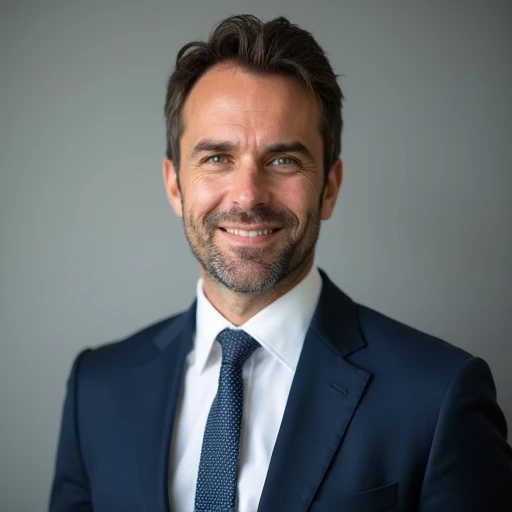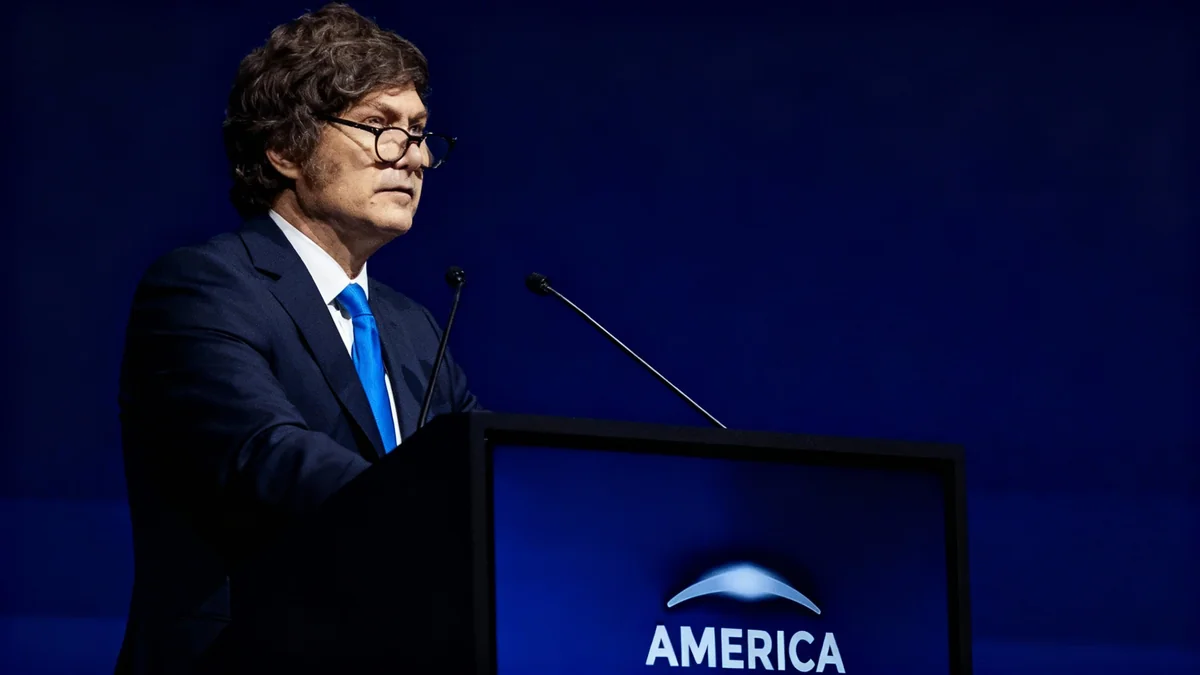Atlanta Federal Reserve President Raphael Bostic has indicated that he sees little justification for interest rate cuts in the near future, projecting that inflation may not return to the central bank's 2% target until 2028. His comments signal a more cautious approach to monetary policy amid persistent economic risks.
Bostic's outlook suggests a prolonged period of restrictive policy, with only a single rate reduction penciled in for 2025. This stance comes as markets react to shifting expectations, with the U.S. dollar showing signs of weakness and gold prices climbing to new highs.
Key Takeaways
- Delayed Inflation Target: Atlanta Fed President Bostic does not expect inflation to reach the 2% goal until 2028.
- Limited Rate Cuts: He projects only one interest rate cut for 2025 and sees little reason for immediate reductions.
- Stable Labor Market: Bostic stated he does not believe the U.S. labor market is currently in a state of crisis.
- Market Impact: A weakening U.S. dollar is contributing to a surge in gold prices, which have reached new record levels.
Bostic Outlines Cautious Monetary Policy Path
In recent statements, Atlanta Fed President Raphael Bostic provided a hawkish perspective on the future of U.S. monetary policy. He emphasized that the current economic environment presents significant challenges for policymakers, with risks to both inflation and employment on the rise.
According to reports from The Wall Street Journal, Bostic's primary concern is the slow pace of disinflation. His projection that the Federal Reserve's 2% inflation target will not be met until 2028 is a significant delay compared to more optimistic forecasts.
The Fed's Dual Mandate
The U.S. Federal Reserve operates under a dual mandate from Congress: to promote maximum employment and stable prices. Policymakers like Bostic must constantly balance the risk of high inflation with the risk of causing a significant economic slowdown that could harm the job market.
Rate Cut Projections Pushed Back
Bostic's cautious outlook extends to the timeline for potential interest rate cuts. He has penciled in only one rate reduction for the entirety of 2025, a view that contrasts with market hopes for more aggressive easing next year. He stated there is little reason to implement further cuts for now.
This position is supported by his assessment of the labor market. Bostic clarified that he does not see the U.S. job market as being in a crisis, suggesting that the Fed has room to maintain its restrictive stance without causing undue economic hardship.
"The current moment is one of the most difficult periods for policymakers because both risks are rising," Bostic noted, highlighting the delicate balancing act the central bank faces.
Market Dynamics Shift on Fed Outlook
The evolving expectations for Federal Reserve policy are having a direct impact on global financial markets. A key development has been the recent pullback in the U.S. dollar. A weaker dollar makes commodities priced in the currency, such as gold, cheaper for holders of other currencies, often boosting demand.
This dynamic has helped propel gold prices to new record highs. As investors seek safe-haven assets amid economic uncertainty and a shifting interest rate landscape, the precious metal has seen a significant surge in value.
Gold and Interest Rates
Gold is a non-yielding asset, meaning it does not pay interest. When interest rates are high, holding gold has a higher opportunity cost. Conversely, expectations of future rate cuts reduce this opportunity cost, making gold a more attractive investment.
Other Economic Indicators to Watch
While U.S. monetary policy remains a primary focus, other economic data provides a broader picture of the global economy. In Canada, the Industrial Product Price Index (IPPI) showed a month-over-month increase of 0.5% in August. On a year-over-year basis, the index gained 4.0%, indicating persistent producer price inflation in the country.
Meanwhile, St. Louis Federal Reserve President Alberto Musalem is also scheduled to speak on his outlook for the U.S. economy and monetary policy. His comments will be closely watched by investors looking for further clues on the central bank's future direction.
Corporate Sector Responds to Economic Climate
Businesses are also adapting to the evolving economic landscape. In the financial services sector, retail FX and CFDs broker Vantage Markets announced a significant enhancement to its client protection measures.
The company has increased its business insurance coverage to $50 million. This move is designed to reinforce client trust by providing an additional layer of security for their funds, underscoring the importance of risk management in the current environment.
Such actions reflect a broader trend of companies bolstering their financial resilience and operational security as they navigate a period of heightened uncertainty driven by inflation and shifting central bank policies. As policymakers like Bostic signal a longer fight against inflation, both markets and corporations are adjusting their strategies for a period of higher-for-longer interest rates.





